Through the lens of photographer Le Hoang Thai, his hometown Tan Lap becomes more poetic and colorful.
Photographer Le Hoang Thai (born in 1979), from Hamlet 3, Tan Lap Commune, Moc Hoa District, Long An Province, is a person who likes to wander on the roads to record the beautiful scenery and rhythm of rural life, regardless of the rainy or sunny season. He is currently the head of the Moc Hoa District Photography Club.
The picture shows the center of Tan Lap commune in the night light, with residential areas interspersed with aquaculture ponds and rice fields stretching along both banks of the Vam Co Tay River. This is a river from Cambodia flowing through Long An with a length of more than 150 km and winding into many bends. Thanks to these favorable natural conditions, Long An has formed an eco -tourism route exploited from Tan Lap floating village to Floating Pagoda and Lang Sen Wetland Reserve.

Tan Tap Melaleuca Forest is a famous eco-tourism destination of Long An, with charming river scenery and endless Melaleuca forests, especially in spring, many flocks of storks fly back and perch on the Melaleuca forests.
“The feeling of peace when floating on the forest canal, enjoying the scent of cajuput trees and watching the birds in the sky,” said Mr. Thai.

A rural painting of the blooming season of the Chinese mulberry trees in Tan Lap. In spring, the Chinese mulberry trees shed their leaves, the flowers bloom in dense clusters of pink on the branches and bear fruit at the end of April.
This tree is associated with the childhood memories of people in the South, and can be found scattered along country roads, rice fields, and river banks. Children often peel off the bark and eat the fragrant, rustic flesh inside.

The aerial view of dragon fruit irrigation through a photographic perspective becomes a work of art. Long An province has a dragon fruit growing area of up to 11,800 hectares, planted year-round, avoiding the situation of concentrated output increasing suddenly.
The main dragon fruit season is from May to August, when the fruit is ripe, the gardens become tourist attractions. However, due to the impact of Covid-19, the price of dragon fruit has dropped, with traders buying it for only 3,000 - 5,000 VND/kg at the garden.

The work “On the melon beds” captures the scene of farmers taking care of watermelons near Tet in Tan Lap. The photo is displayed at the Vietnam Art Photography Competition and Exhibition 2020.

The work “Feeding Time” was exhibited at the 35th Mekong Delta Art Photography Festival in 2020, capturing a flock of ducks being herded together to feed at dusk in Tan Lap commune. Raising ducks for eggs is popular in the countryside, helping many households save significantly on food costs, thereby increasing profits.

The golden ripe rice is harvested straight in the harvest season, along with the urgent work pace creating a vivid picture of the countryside.
In addition to eco-tourism, Tan Lap has many potentials and advantages in developing agricultural production. Farmers today apply mechanization and science and technology to production, such as harvesting rice with a combine harvester to save time and costs.

The author took a picture of children herding buffalo and flying kites in the fields. An emotion came back when he remembered the verses: "Homeland is a blue kite/ When I was a child, I flew it in the fields/ Homeland is a small boat/ Peacefully splashing on the riverbank" in the poem Homeland by poet Do Trung Quan.


Garden and eco-tourism in Tan Lap gives visitors the opportunity to experience using a bamboo stick to catch fish. A bamboo stick is a tool made of smooth bamboo sticks, with the pointed end facing down, the upper part is about the size of a bowl and the lower part is as big as a small basket. When using a bamboo stick, the mouth of the stick is turned upside down in small puddles to catch fish.

The scene of casting nets on the river at dawn over the flooded fields of Tan Lap. The intricate system of canals creates a source of fish and shrimp for the region. Each season has its own products, Tan Lap has all kinds from frogs, snakehead fish, perch, yellow catfish to goby, goby, shrimp, crab, prawn...
“The aquatic resources in rivers and canals are natural and safe, however, the output is decreasing due to overfishing. Households in the city go to the market to buy wild snakehead fish but rarely see them, usually only snakehead fish raised in rice fields,” Mr. Thai shared.

Each scene captured by author Le Hoang Thai above is a beautiful picture reflecting the life and daily changes of Tan Lap hometown while contributing to promoting Long An to friends inside and outside the province.
These works have helped Mr. Thai achieve many achievements in photography competitions. In 2020, he won 2 third prizes at the 32nd Long An Art Photography Competition with the theme "My Hometown Long An"; 3 exhibition photos at the 35th Mekong Delta Art Photography Festival and 1 exhibition photo at the art photography competition "Pride of a frontier strip".




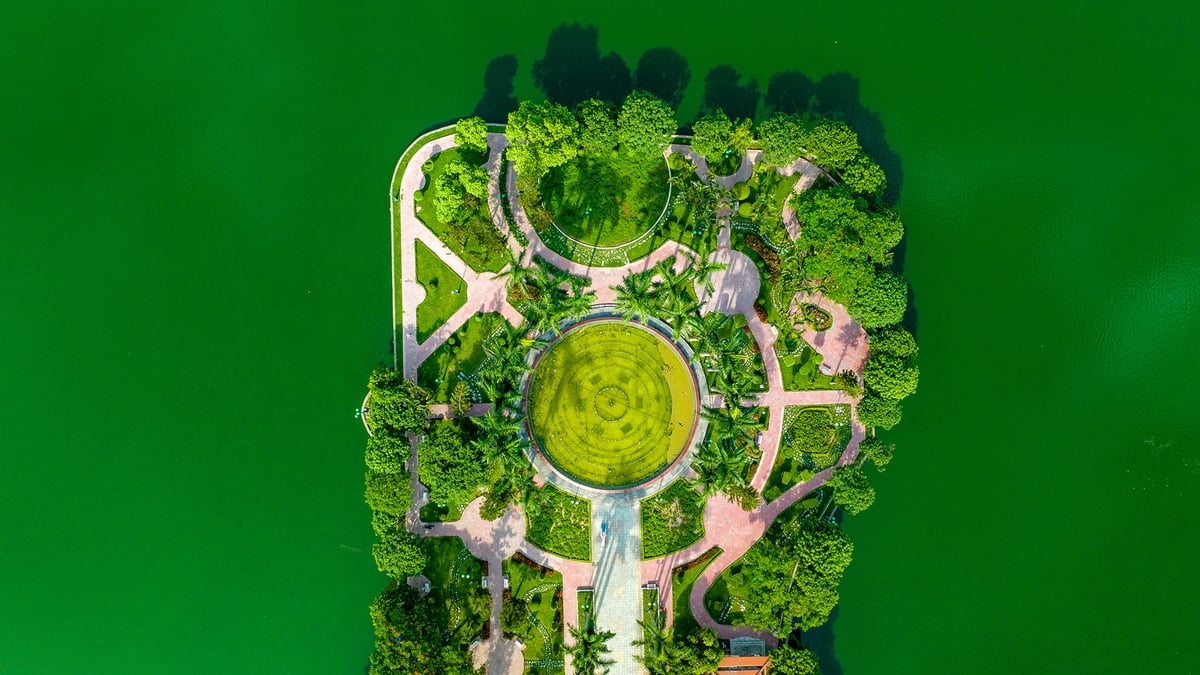

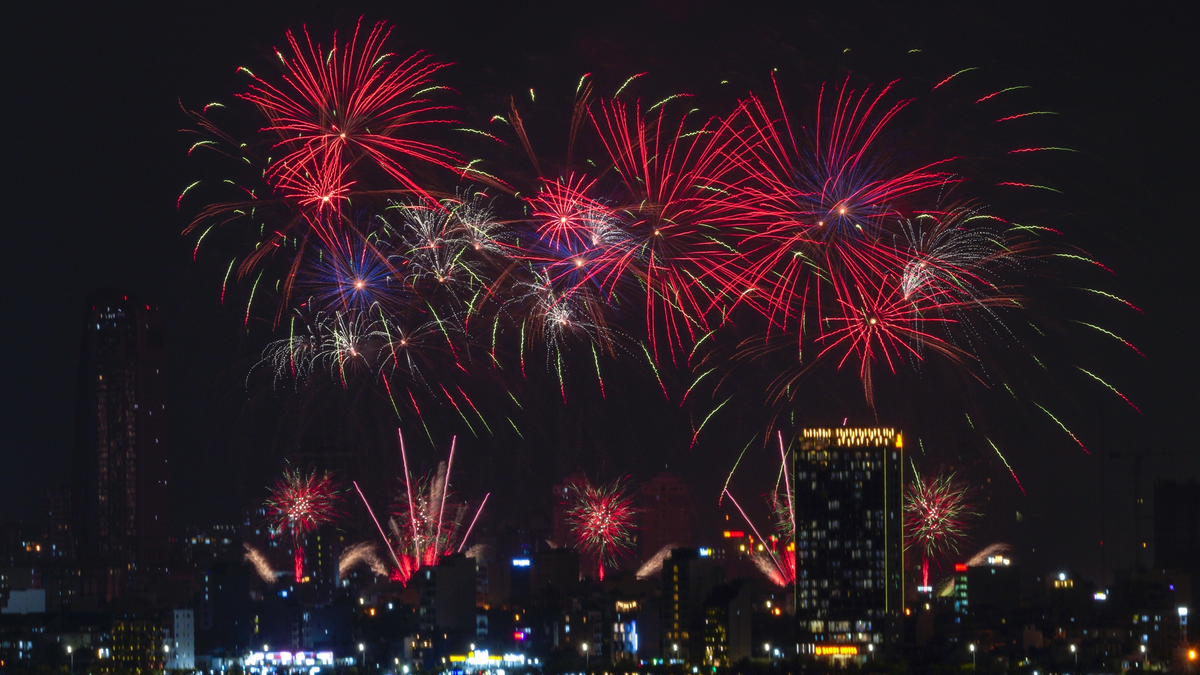

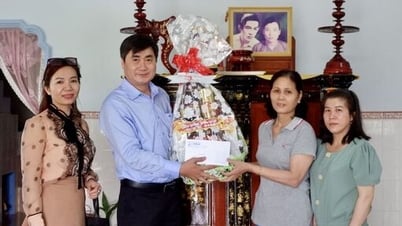

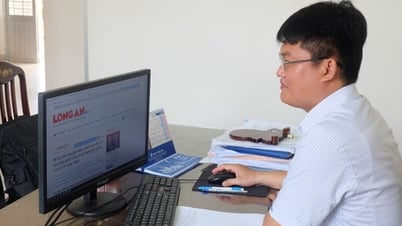
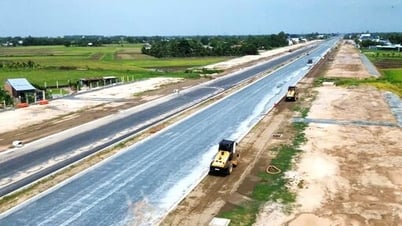
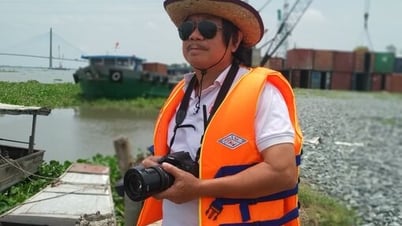
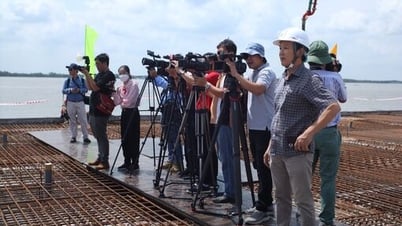
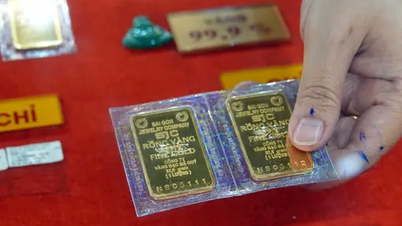








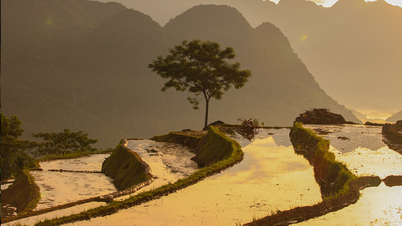
















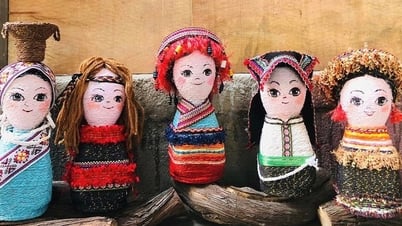





![[Maritime News] Wan Hai Lines invests $150 million to buy 48,000 containers](https://vphoto.vietnam.vn/thumb/402x226/vietnam/resource/IMAGE/2025/6/20/c945a62aff624b4bb5c25e67e9bcc1cb)


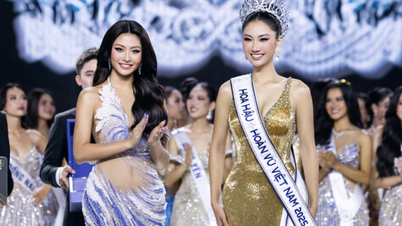






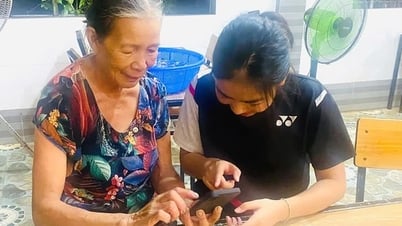




![[Infographic] Party Committee of the Ministry of Culture, Sports and Tourism: Marks of the 2020 - 2025 term](https://vphoto.vietnam.vn/thumb/402x226/vietnam/resource/IMAGE/2025/6/22/058c9f95a9a54fcab13153cddc34435e)





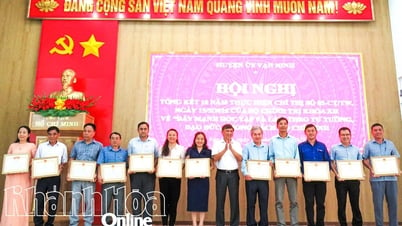
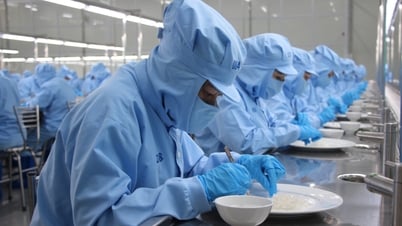


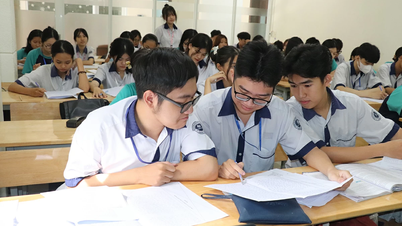
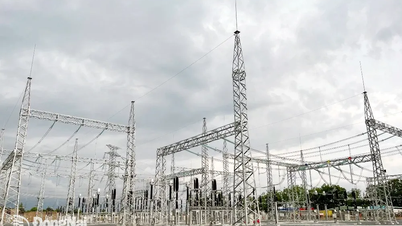









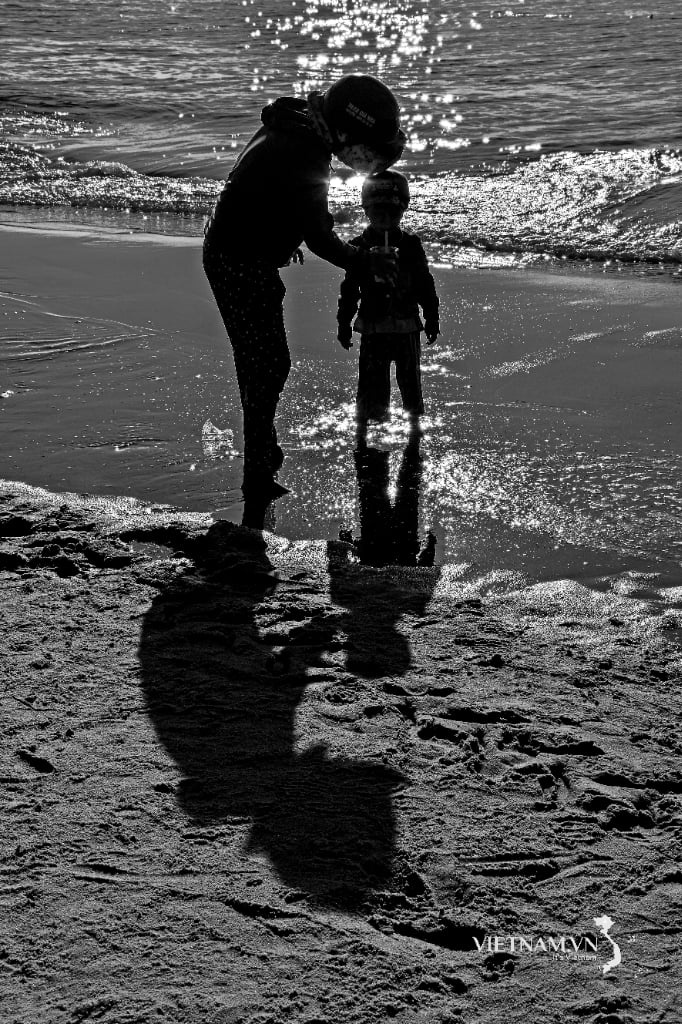
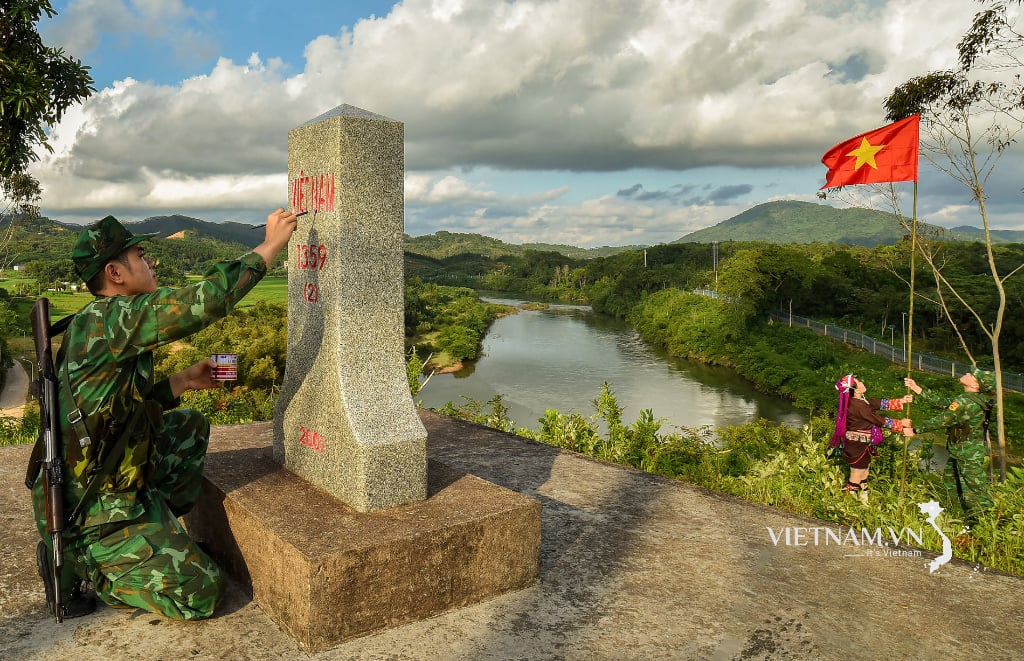
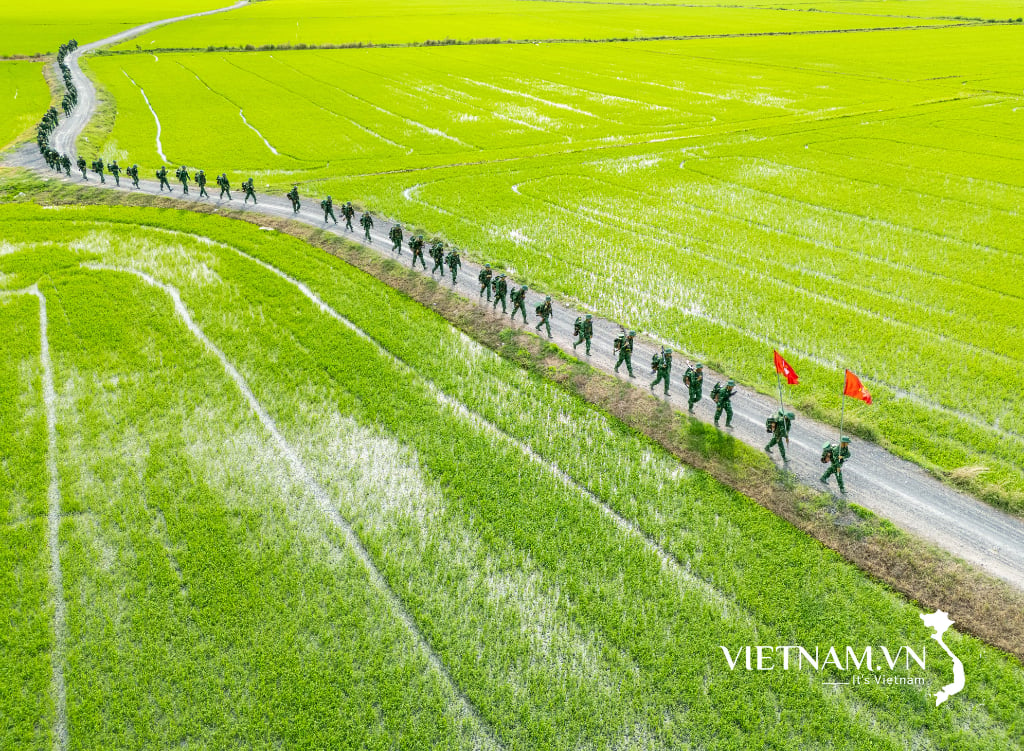
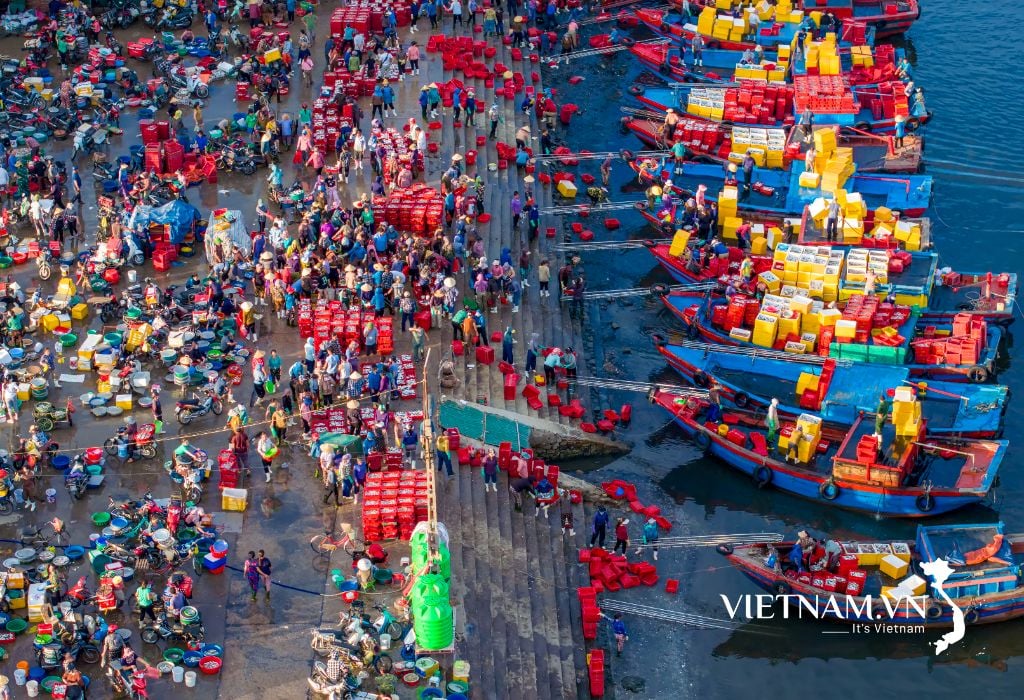
Comment (0)